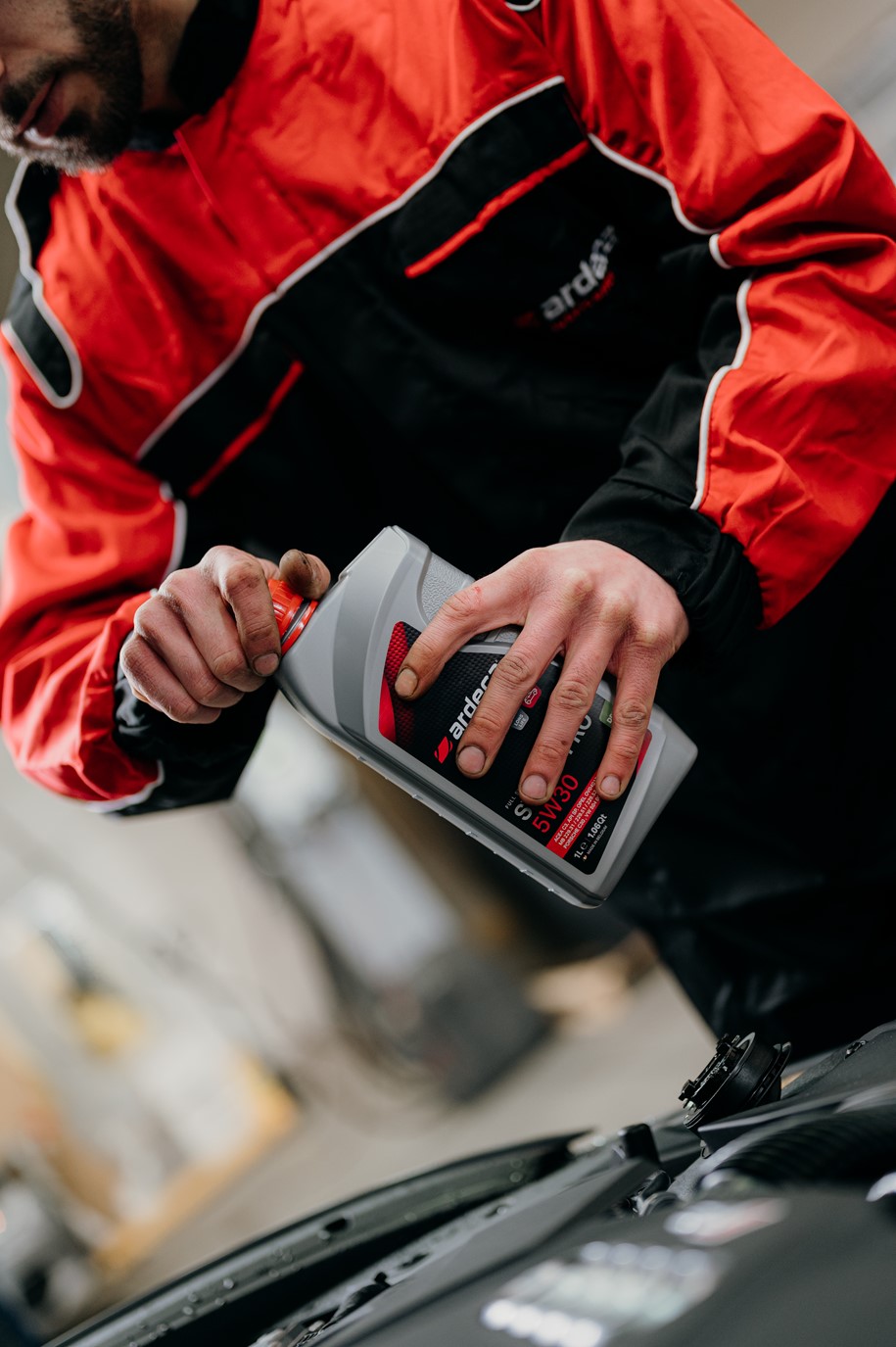When does the oil in your car need to be changed? Maintaining your car’s engine oil is essential for keeping it running smoothly and reliably. However, the oil in your car doesn’t last forever, and eventually, it will need to be replaced. So, the question is: when do you change the oil in your car?
When does the oil in your car need to be changed?
Maintaining your car’s engine oil is essential for keeping it running smoothly and reliably. However, the oil in your car doesn’t last forever, and eventually, it will need to be replaced. So, the question is: when do you change the oil in your car?
The simple answer to this question is that it depends on the performance level of the oil, which can vary from 10,000 to 100,000 km or between 350 to 1000 driving hours. But the real answer is more complicated than that. As a leading oil supplier, Ardeca advises you to look at the oil drain level.
What is determining the oil drain level of a certain product?
The oil drain level is determined by two main factors: the quality of the oil and the conditions in which the engine operates. The quality of the oil is determined by its formulation, which can be derived from specifications listed in the technical product sheet (see enclosed example). Some oil suppliers inform you about the oil drain interval for each of their products, but this is indicative. Mostly it is based on “the ideal lubrication scenario” (e.g., tested in a laboratory or tested on the road with ideal road, traffic and weather conditions and a driver/user who manipulates the engine in a careful, defensive way.)
The theoretical drain interval is determined by the engine constructor, who requires a specific performance level for every engine. Since there are an infinite number of different engine types and constructors, different drain intervals can be recommended for the same type of oil.
The practical drain interval, on the other hand, is influenced by the conditions in which the engine operates. Garage workers mostly base the intervals on their own experience, considering factors such as dust, high temperature fluctuations, construction year of the engine, distance traveled in congestion, and humidity.
Below is a list of conditions that influence the oil drain intervals:
- Age of the engine
- Oil temperature used (high or low)
- Maximum attainable temperature
- Burning the oil (whether or not)
- Environmental properties such as temperature, dirt, dusty or clean working environments, humidity etc. For example, sandy roads can shorten the drain interval considerably.
- Certain results resulting from tests performed by the engine builder
- The way of driving of the driver (defensive or rather aggressive? Many short distances?)
- The quality of the fuel and sulfur content inside the fuel (high sulfur content leads to faster oxidation and reduced drain intervals)
- The regularity of the maintenance of the engine
- The quality of the oil that is used for the oil drain interval
- Experiences of the engine constructor and garage workers
What happens if you don’t follow the requirements of the engine constructor?
Ignoring the requirements of the engine constructor can have serious consequences. Initially, the engine will operate normally, but in short term, you may experience difficult cold starts, and the engine may not heat enough. Over time, the oxidation of the engine will reduce its lifespan and require more frequent oil changes. Ultimately, this will lead to additional costs for the end user who may need to purchase a new engine sooner than expected.
Ardeca recommends to always follow the requirements of the engine constructor and using the oil with the right performance level and the longest drain interval. Doing so can save you money in the long term and prevent costly engine failures. So, if you’re wondering when to change the oil in your car, be sure to check the engine manual and follow the recommended guidelines.
Follow all our latest news and photos on our Facebook / Instagram page Ardeca Official



